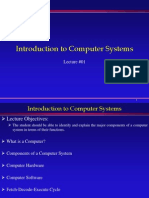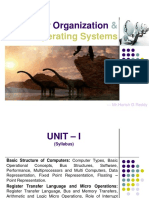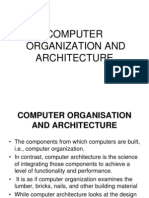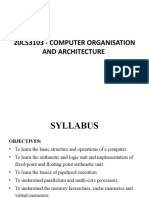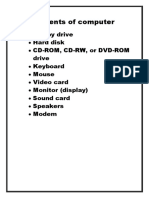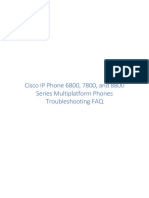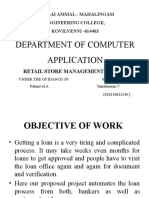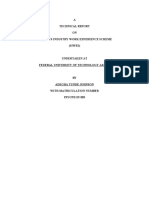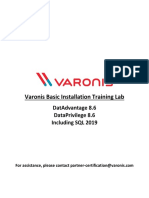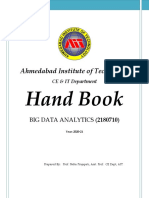0% found this document useful (0 votes)
18 views7 pagesClass11 Computer Science Notes
The document provides a comprehensive overview of computers, including their definition, basic functional units, and generations from the first to the fifth. It discusses types of computers based on technology and size, memory concepts, CPU structure, number systems, and software types. Additionally, it outlines the advantages and disadvantages of computers, emphasizing their impact on speed, accuracy, and potential health issues.
Uploaded by
abhijitgupta2651Copyright
© © All Rights Reserved
We take content rights seriously. If you suspect this is your content, claim it here.
Available Formats
Download as DOCX, PDF, TXT or read online on Scribd
0% found this document useful (0 votes)
18 views7 pagesClass11 Computer Science Notes
The document provides a comprehensive overview of computers, including their definition, basic functional units, and generations from the first to the fifth. It discusses types of computers based on technology and size, memory concepts, CPU structure, number systems, and software types. Additionally, it outlines the advantages and disadvantages of computers, emphasizing their impact on speed, accuracy, and potential health issues.
Uploaded by
abhijitgupta2651Copyright
© © All Rights Reserved
We take content rights seriously. If you suspect this is your content, claim it here.
Available Formats
Download as DOCX, PDF, TXT or read online on Scribd
/ 7










